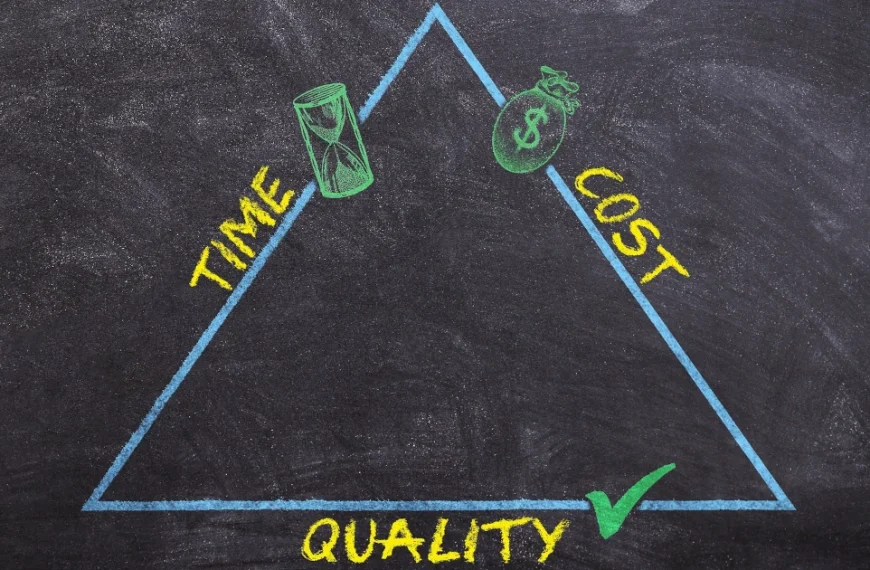For more than a decade, it has been widely accepted that computer systems should be kept up to date. Those who regularly install updates reduce the risk of having security gaps on their computer that could be misused. Always in the hope that manufacturers of software always fix in their updates also security flaws. Microsoft, for example, has imposed an update requirement on its users since the introduction of Windows 10. Basically, the idea was well-founded. Because unpatched operating systems allow hackers easy access. So the thought: ‘Latest is greatest’ prevailed a very long time ago.
Windows users had little leeway here. But even on mobile devices like smartphones and tablets, automatic updates are activated in the factory settings. If you host an open source project on GitHub, you will receive regular emails about new versions for the libraries used. So at first glance, this is a good thing. However, if you delve a bit deeper into the topic, you will quickly come to the conclusion that latest is not always the best.
The best-known example of this is Windows 10 and the update cycles enforced by Microsoft. It is undisputed that systems must be regularly checked for security problems and available updates must be installed. That the maintenance of computer systems also takes time is also understandable. However, it is problematic when updates installed by the manufacturer paralyze the entire system and a new installation becomes necessary because the update was not sufficiently tested. But also in the context of security updates unasked function changes to the user to bring in I consider unreasonable. Especially with Windows, there are a lot of additional programs installed, which can quickly become a security risk due to lack of further development. That means with all consequence forced Windows updates do not make a computer safe, since here the additionally installed software is not examined for weak points.
If we take a look at Android systems, the situation is much better. However, there are enough points of criticism here as well. The applications are updated regularly, so the security is actually improved significantly. But also with Android, every update usually means functional changes. A simple example is the very popular Google StreetMaps service. With every update, the map usage becomes more confusing for me, as a lot of unwanted additional information is displayed, which considerably reduces the already limited screen.
As a user, it has fortunately not yet happened to me that application updates on Android have paralyzed the entire phone. Which also proves that it is quite possible to test updates extensively before rolling them out to users. However, this does not mean that every update was unproblematic. Problems that can be observed here regularly are things like an excessively increased battery consumption.
Pure Android system updates, on the other hand, regularly cause the hardware to become so slow after almost two years that you often decide to buy a new smartphone. Although the old phone is still in good condition and could be used much longer. I have noticed that many experienced users turn off their Android updates after about a year, before the phone is sent into obsolescence by the manufacturer.
How do you get an update muffler to keep his systems up to date and secure? My approach as a developer and configuration manager is quite simple. I distinguish between feature update and security patch. If you follow the semantic versioning in the release process and use a branch by release model for SCM systems like Git, such a distinction can be easily implemented.
But I also dedicated myself to the question of a versionable configuration setting for software applications. For this, there is a reference implementation in the project TP-CORE on GitHub, which is described in detail in the two-part article Treasue Chest. After all, it must be clear to us that if we reset the entire configuration made by the user to factory settings during an update, as is quite often the case with Windows 10, quite unique security vulnerabilities can arise.
This also brings us to the point of programming and how GitHub motivates developers through emails to include new versions of the libraries used in their applications. Because if such an update is a major API change, the problem is the high migration effort for the developers. This is where an also fairly simple strategy has worked for me. Instead of being impressed by the notifications about updates from GitHub, I regularly check via OWASP whether my libraries contain known risks. Because if a problem is detected by OWASP, it doesn’t matter how costly an update can be. The update and the associated migration must be implemented promptly. This also applies to all releases that are still in production
However, one rule of thumb applies to avoid update hell from the start: Only install or use what you really need. The fewer programs are installed under Windows and the fewer apps there are on the smartphone, the fewer security risks there are. This also applies to program libraries. Less is more from a security perspective. Apart from that, we get a free performance measurement by dispensing with unnecessary programs.
Certainly, for many private users the question of system updates is hardly relevant. Only new unwanted functions in existing programs, performance degradations or now and then shot operating systems cause more or less strong displeasure. In the commercial surrounding field quite fast substantial costs can develop, which can affect also the straight implementing projects negatively. Companies and people who develop software can improve user satisfaction considerably if they differentiate between security patches and feature updates in their release publications. And a feature update should then also contain all known security updates.



